The Pomeranian—also called the Toy or Dwarf Spitz—is a tiny, alert companion with huge charm: lively, people-oriented, quick to learn, and wrapped in a plush double coat. This guide gives you a concise, practical overview of temperament, training, coat care, exercise, health, and getting a puppy so your Pomeranian thrives in everyday life.
Table of Contents
- Origin & History
- Appearance & Key Traits
- Temperament & Personality
- Life at Home & Family
- Training & Basics
- Health & Common Topics
- Grooming & Coat Care
- Nutrition & Weight
- Exercise & Enrichment
- Apartment Living, City & Travel
- Puppies, Buying & Costs
- Who Is the Pomeranian Right For?
- FAQ
- Breed Snapshot (Table)
Origin & History
The Pomeranian is the smallest variety of the German Spitz (FCI Group 5). Its ancestors come from the Baltic region (Pomerania) and, through development in England, became today’s popular toy companion. Typical traits remain: watchfulness, human bonding, and a dense double coat.

Appearance & Key Traits
Small and compact with a fox-like face, prick ears, and a bushy tail carried high. The double coat has thick, cottony undercoat and harsh guard hair—creating the signature “plush” look and lion-like ruff. Colors include orange/red sable, cream, white, black, brown/chocolate, blue, merle, parti, and more.
Important: The Pomeranian is not an extreme short-muzzled breed; breathing is usually free. Avoid shaving the coat—full-body clipping can permanently damage texture (“shave coat”).
Temperament & Personality
Lively, playful, curious, and very people-focused. Pomeranians are alert and like to bark—manageable with training. They learn quickly, enjoy tricks, and have a sense of humor. Sometimes reserved with strangers, but essentially friendly.

Life at Home & Family
As a family dog, the Toy Spitz does best with clear structure: defined rest spots, short play sessions, and regular walks. With gentle, respectful children it’s a great match; rough play and jumping from heights are off-limits (patella/trachea!). Usually easy with other dogs when well socialized.
Training & Basics
Best results come with positive, short, and consistent sessions. Focus on polite alerting, leash manners, recall, and being home alone.
- Basics: Sit, Down, Stay, name game, eye contact.
- Leash work: guide gently; prefer a harness. See loose-leash training.
- Impulse control: wait at doors/curbs (how-to).
- Recall: build reliability and keep it fun (guide).

Health & Common Topics
- Patellar luxation: limit jumping (sofas, stairs); use ramps or carry when needed.
- Tracheal collapse: choose a harness instead of a collar; avoid neck pressure.
- Teeth: toy breeds build tartar faster—start toothbrushing early.
- Alopecia X (“black skin disease”): hair-loss syndrome—responsible breeding & coat care matter.
- Hypoglycemia in puppies: several small meals and ample rest.
- Eyes/fontanelle: check regularly; avoid impacts.
Grooming & Coat Care
Line-brush 2–4× per week down to the skin (in sections). Loosen undercoat; check behind ears and in armpits. Bathe as needed (every 4–8 weeks) with a mild shampoo, dry thoroughly (air/blower), then comb through. No full-body shaving. Trim nails and tidy paws; keep eye corners clean.

Nutrition & Weight
Choose high-quality small-breed food with appropriate calories and small kibble. Weigh portions and count treats. For dental health, use suitable chews. Puppies eat several small meals; adults usually twice daily. Keep a lean body to protect joints and the trachea.
Exercise & Enrichment
Moderate needs: several short walks, free sniff time, and brain work (tricks, targets, scent games). Mini-agility or rally obedience can be fun—keep jumps low.
Apartment Living, City & Travel
Very apartment-friendly. Channel alert barking with routines and a “quiet” cue. In the city: short leash near streets; practice elevators/public transit calmly (mat = mobile settle spot). For travel: carrier, water, breaks; avoid summer heat, protect paws in winter. Essentials: soft collar/leash or a well-fitted harness.
Puppies, Buying & Costs
Socialize early—new places, sounds, surfaces, city stimuli—in small doses. Helpful reads: First walks & Puppy training. Ongoing costs: food, grooming, vet care, insurance, gear. Before you buy: checklist.

Who Is the Pomeranian Right For?
- People who train kindly and consistently
- City dwellers with a predictable routine and short daily walks
- Families with respectful children
- First-time owners willing to commit to coat care
Less suitable if daily rough play, high jumps, or little time for grooming/training are expected.
FAQ
Do Pomeranians bark a lot?
They like to alert. Calm management, alternate cues, and enrichment keep it under control.
Do they shed?
Seasonally (undercoat). Regular line-brushing keeps the home cleaner.
How much exercise?
Multiple short outings plus brain games—no distance jogging required.
Can I shave the coat?
Skip full shaving. Maintain, de-mat, and lightly tidy edges instead.

Breed Snapshot: Pomeranian (Toy Spitz)
| Origin | Germany (variety of the German Spitz) |
| Height | Approx. 18–24 cm (7–9.5 in) |
| Weight | Approx. 1.9–3.5 kg (up to ~4.5 kg) |
| Life Expectancy | 12–16 years |
| Coat | Double coat: dense undercoat, harsh outer coat; do not shave |
| Colors | Orange, cream, white, black, brown, blue, sable, merle, parti, etc. |
| Temperament | Lively, alert, playful, affectionate, clever |
| Exercise | Moderate — several short walks + brain work |
| Grooming | Medium to high — line-brushing, occasional bath & thorough drying |
| Good for first-time owners? | Yes — with guidance |
| Watch-outs | Patella/trachea care; regular dental hygiene |
| Price | From approx. €1,500–3,000 (varies by breeder & quality) |


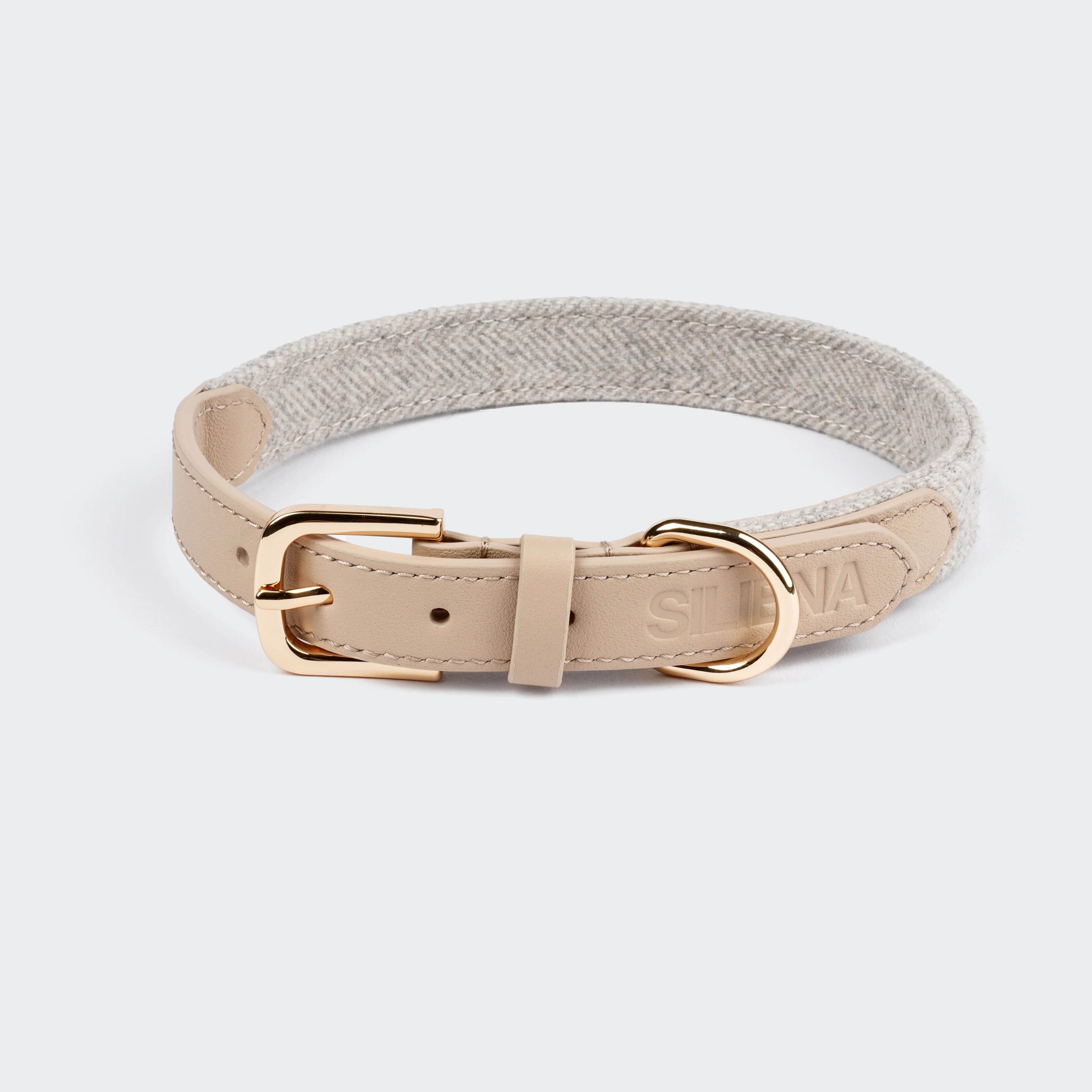
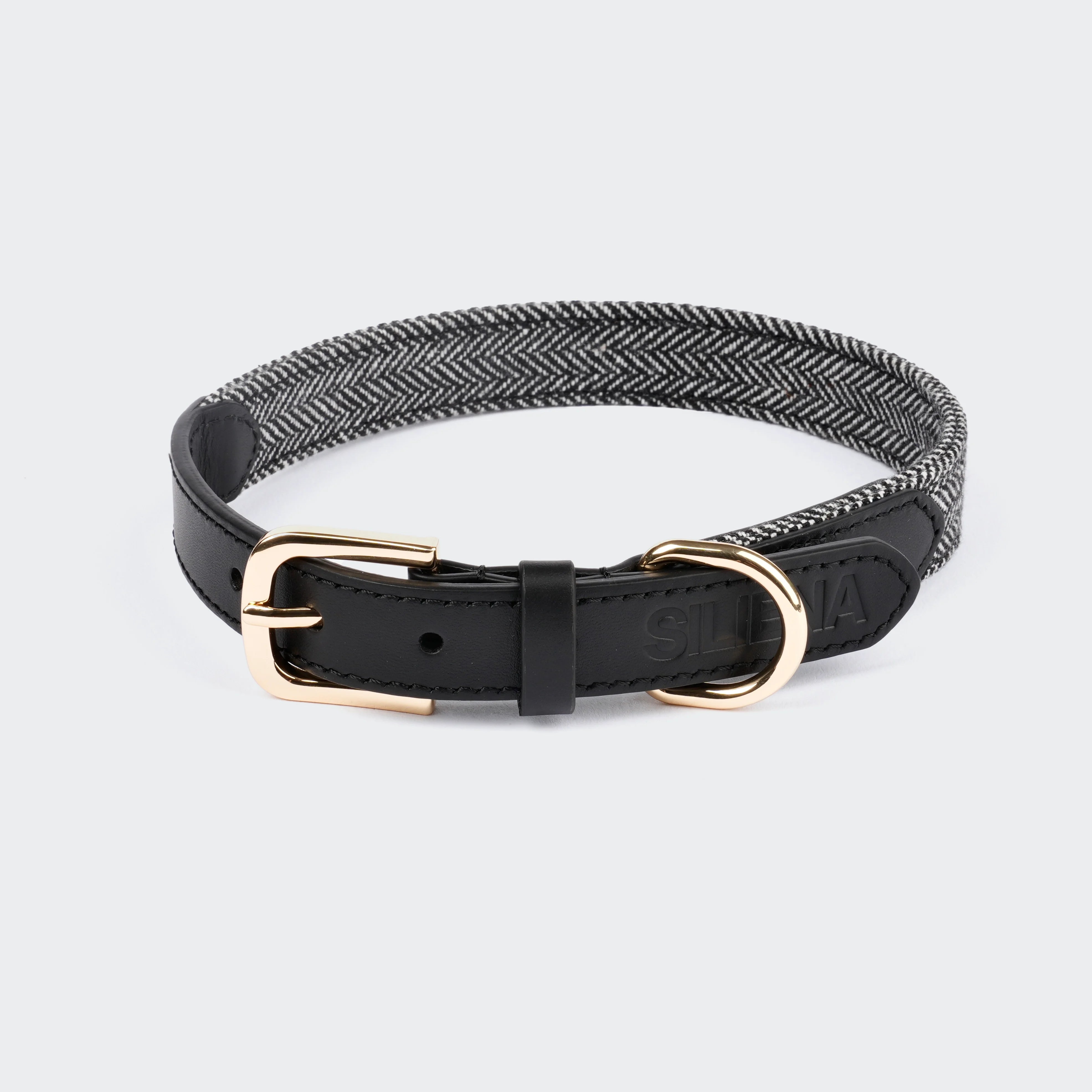
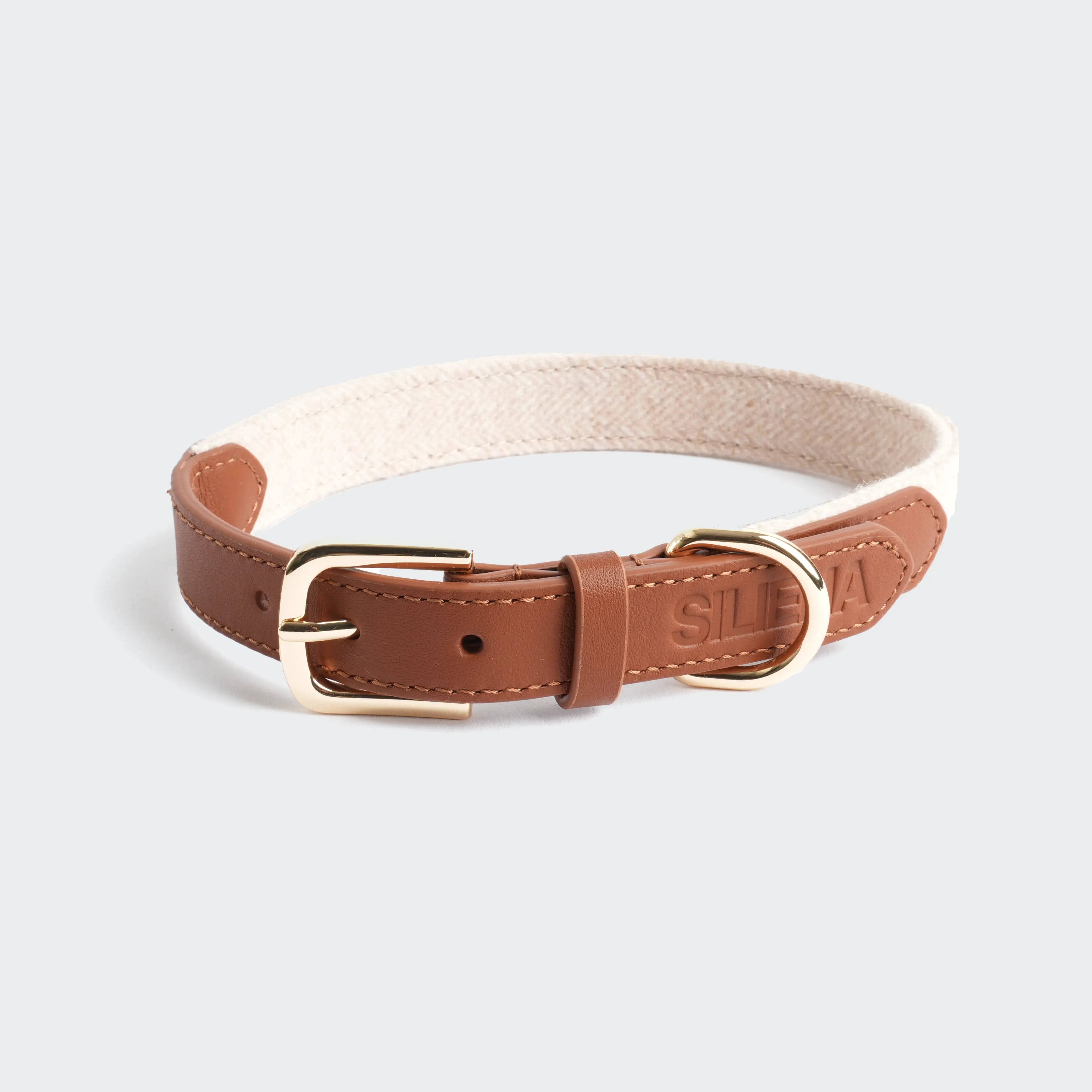
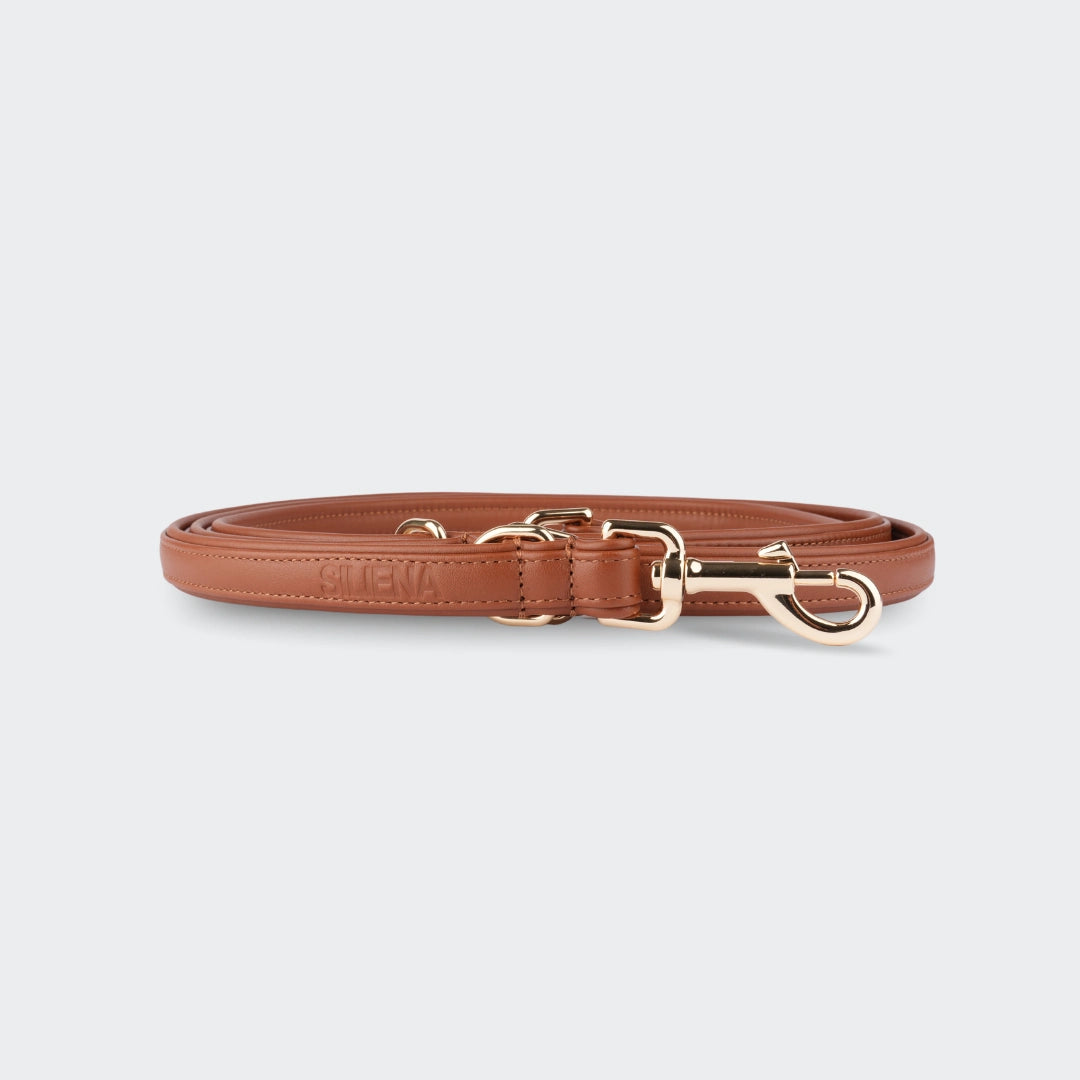
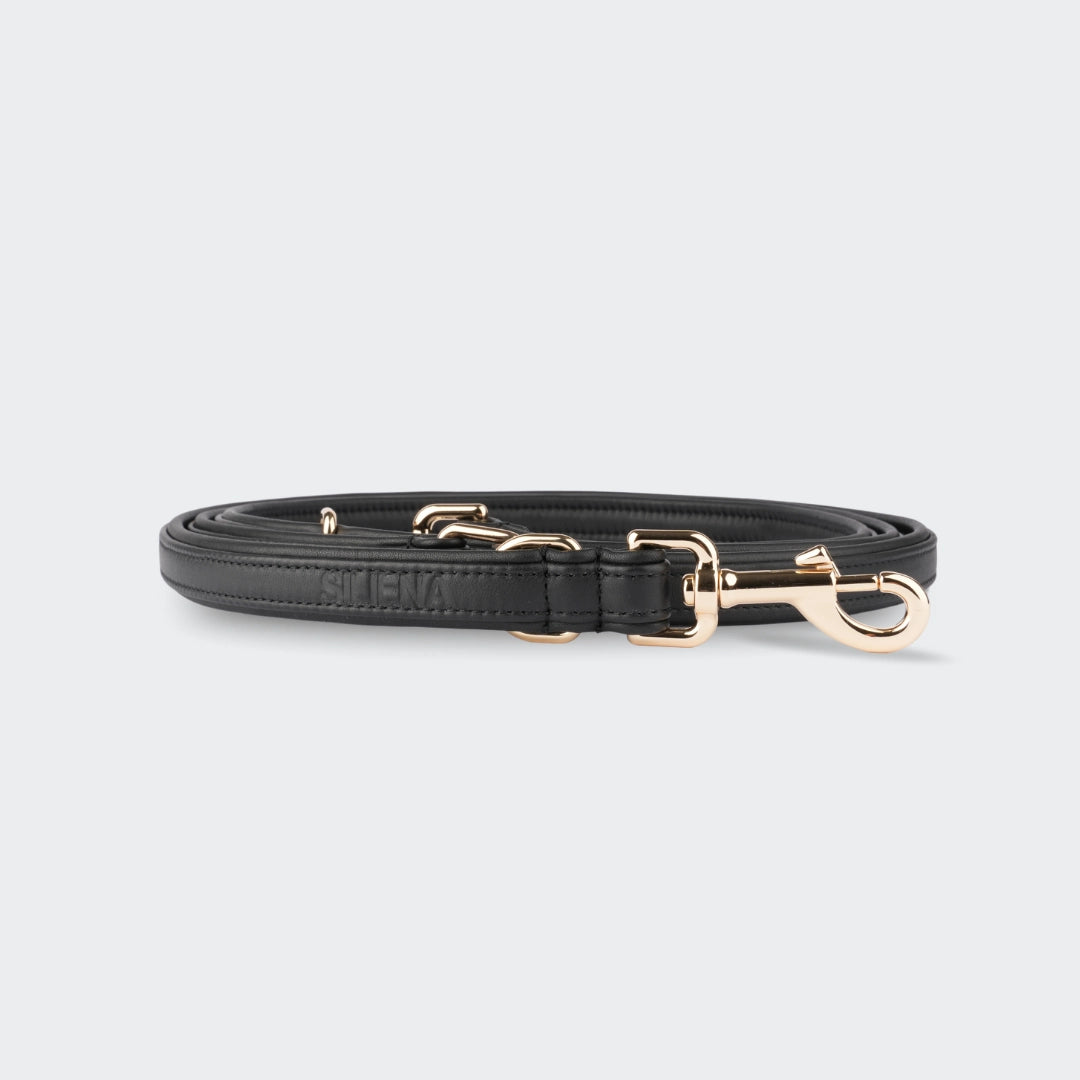
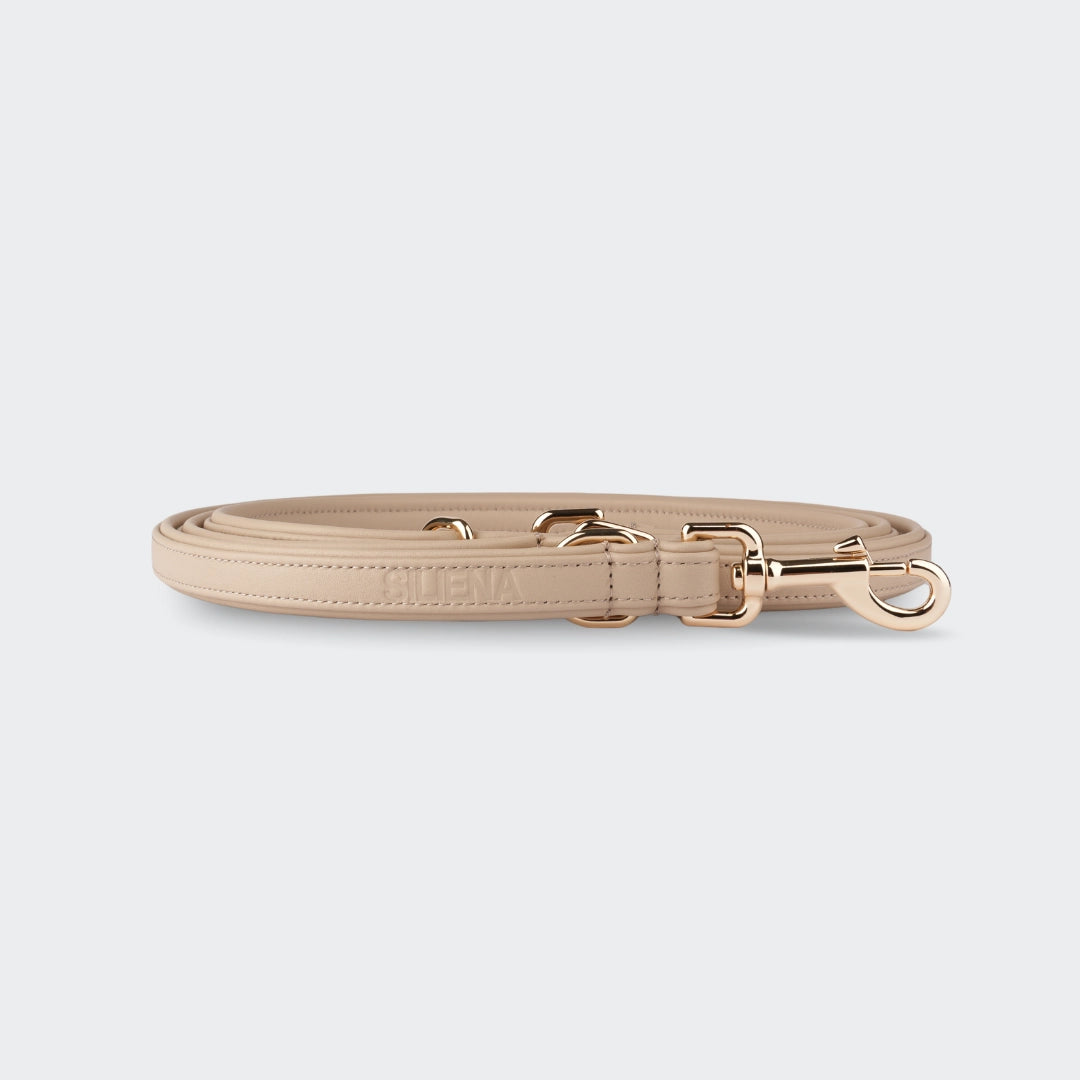
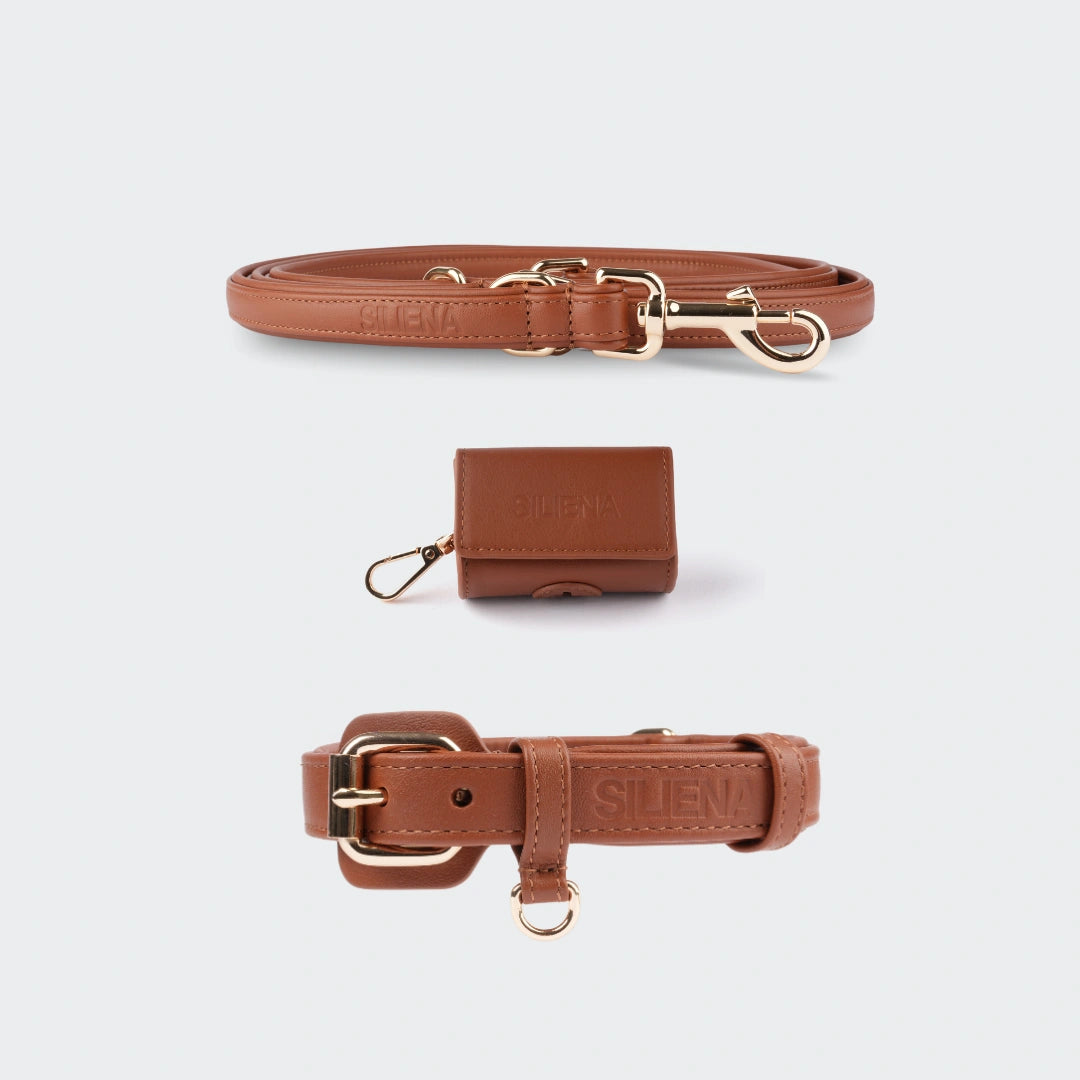
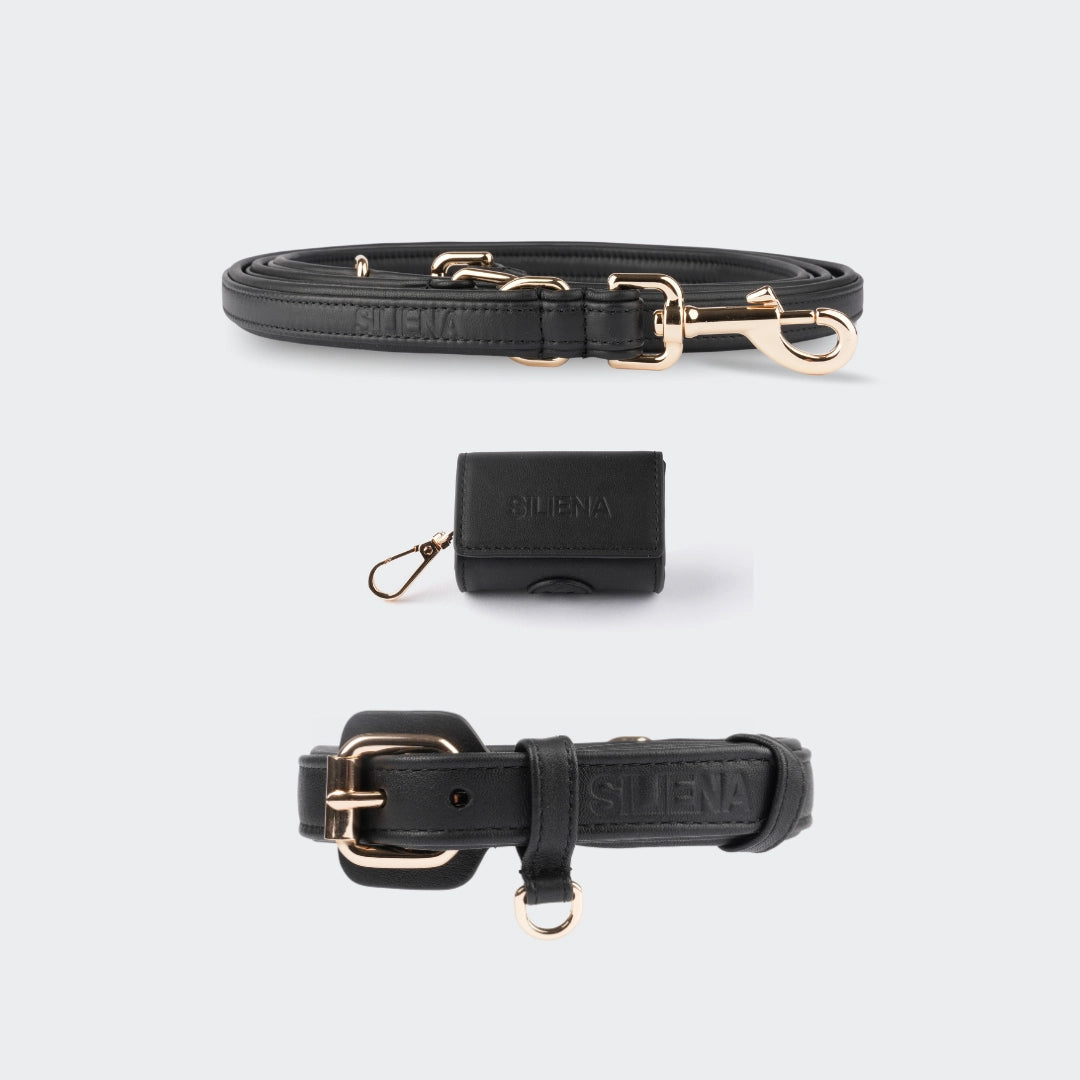
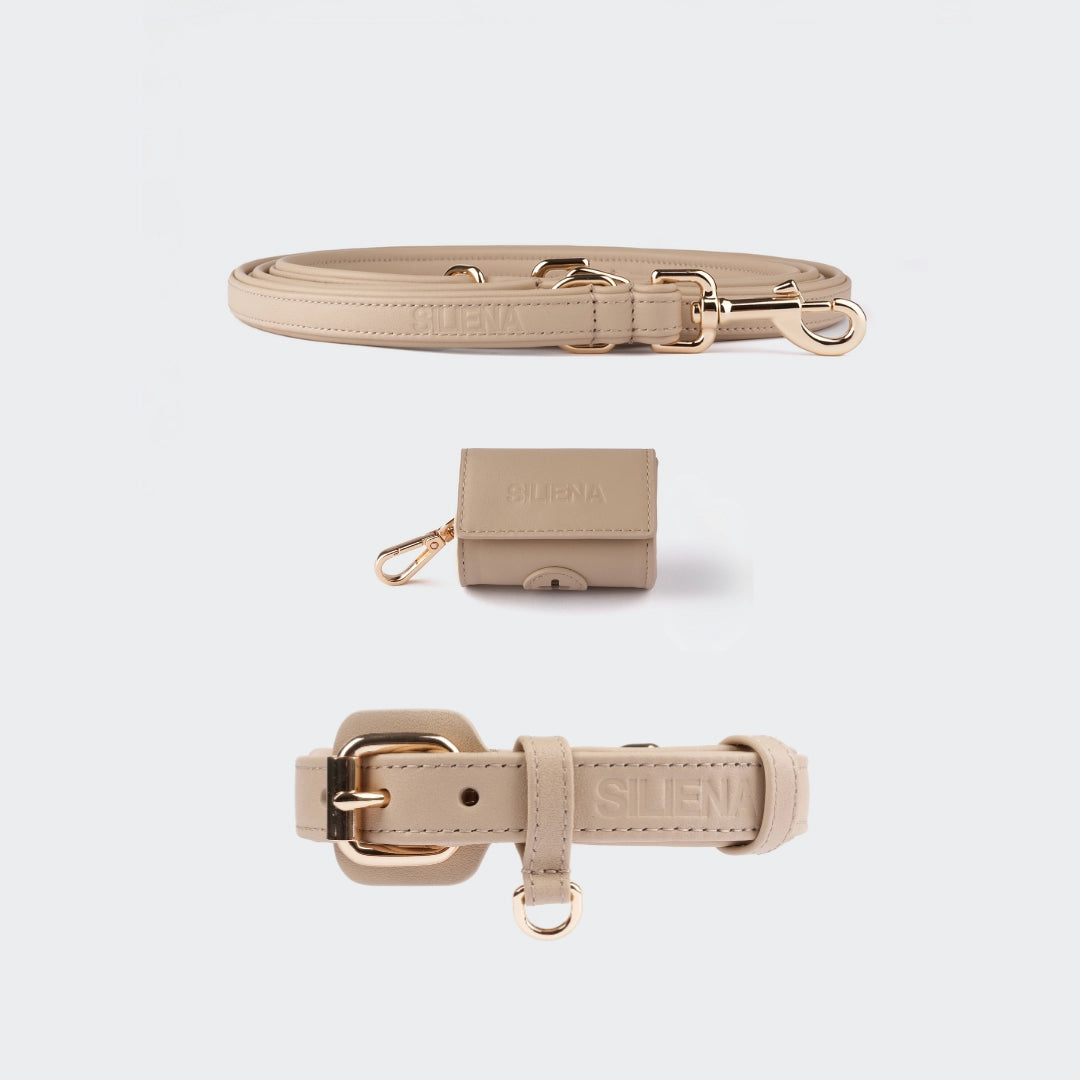
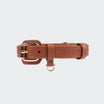
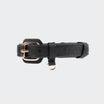
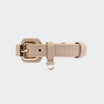
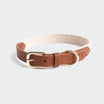
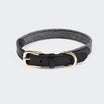
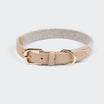
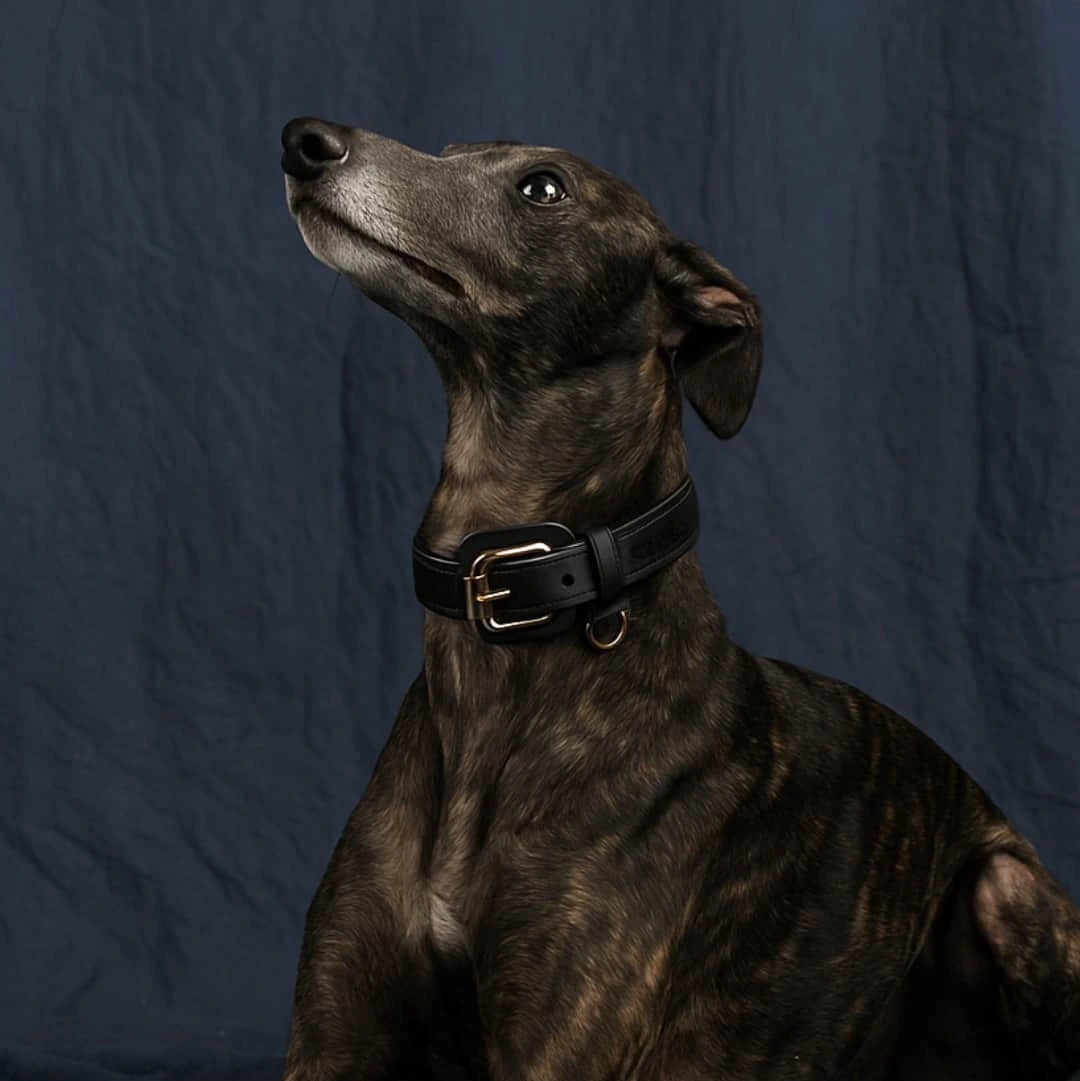
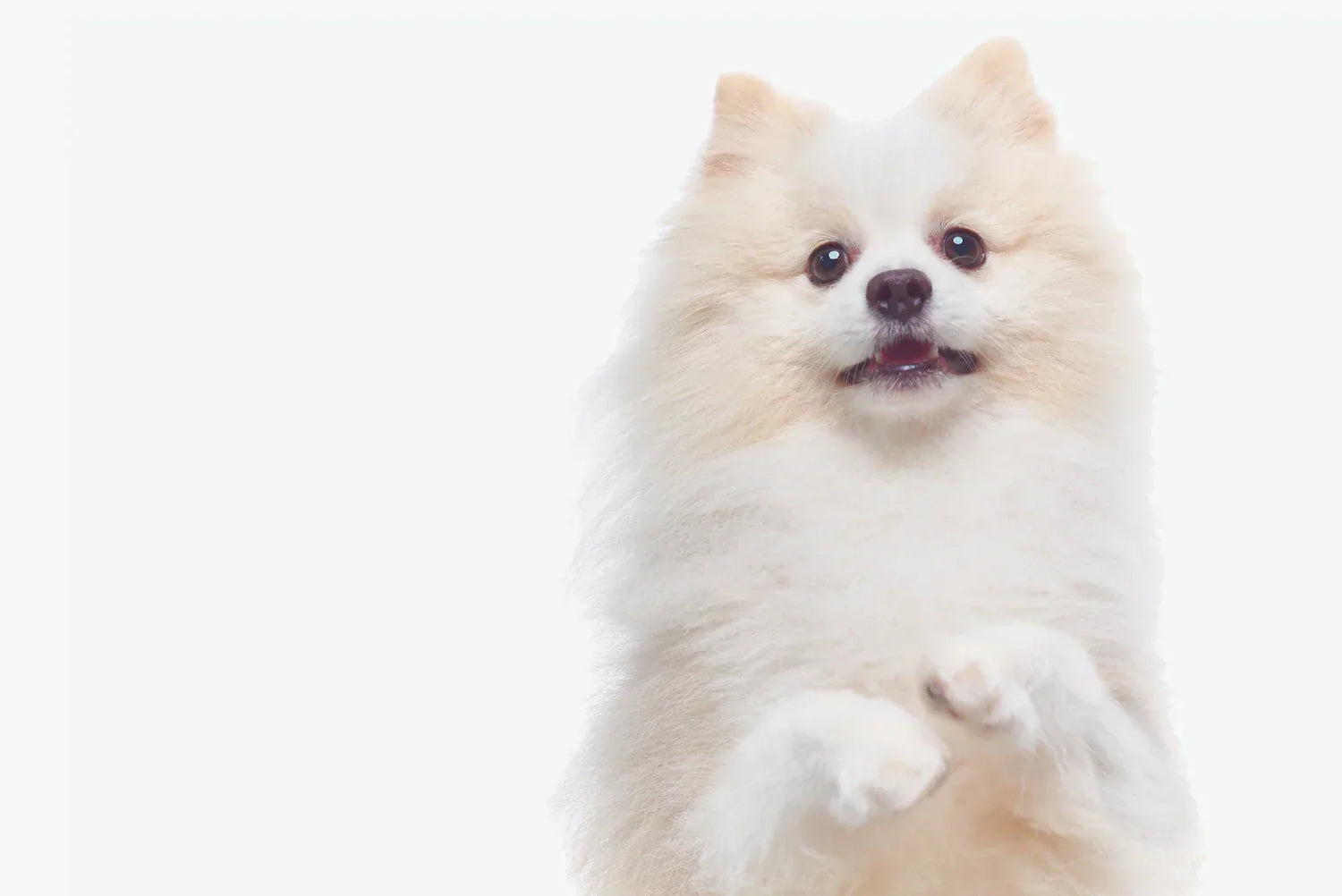
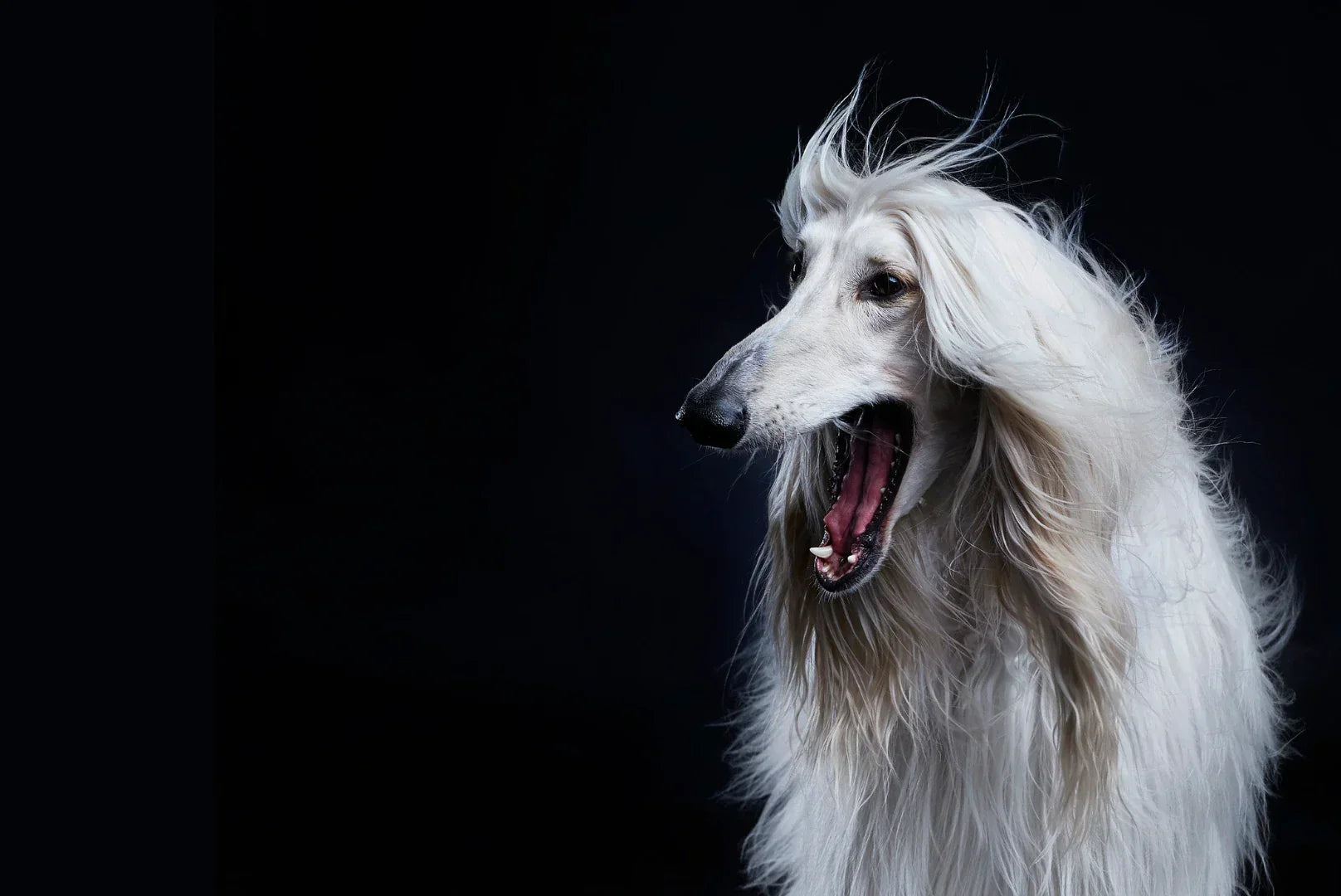
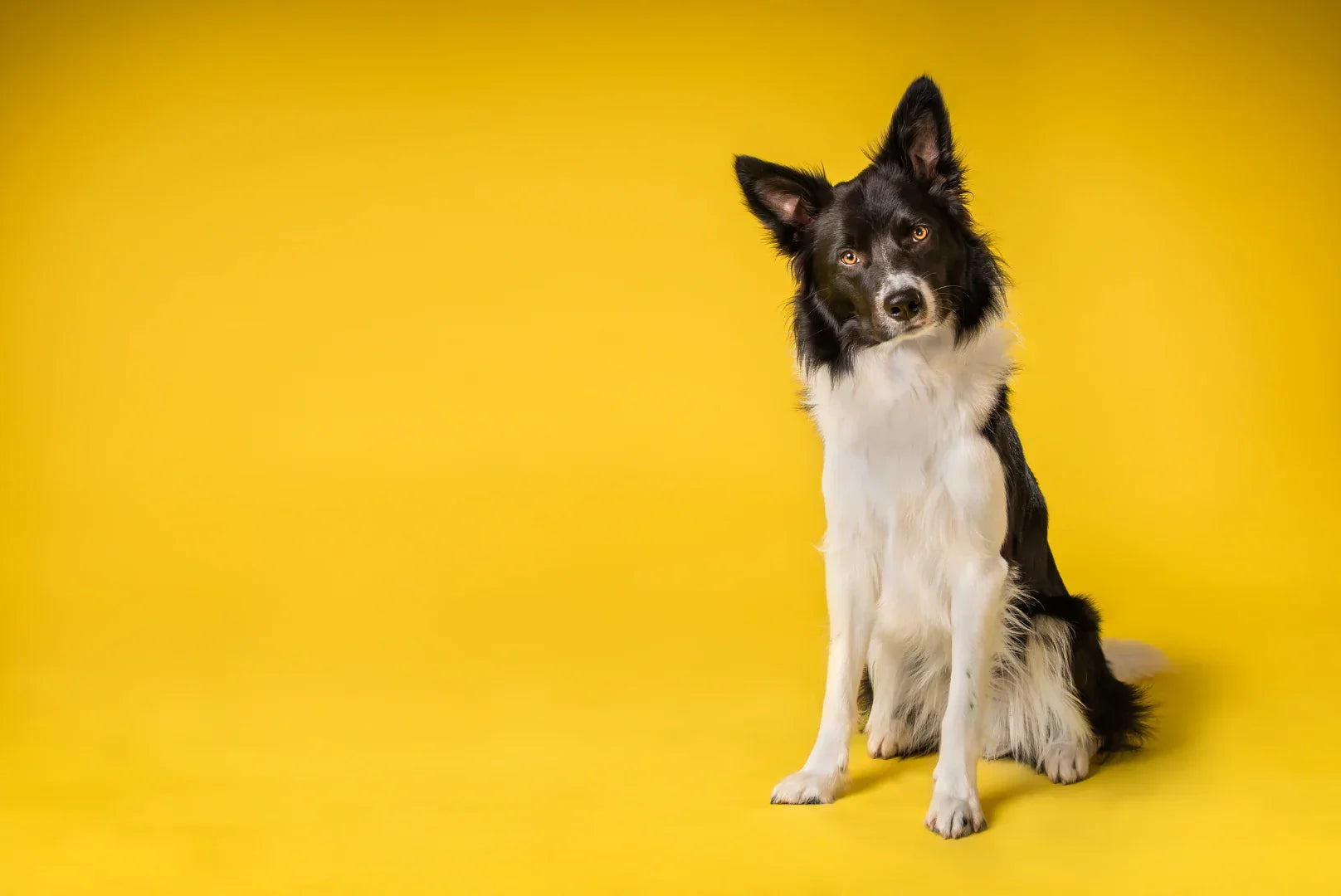
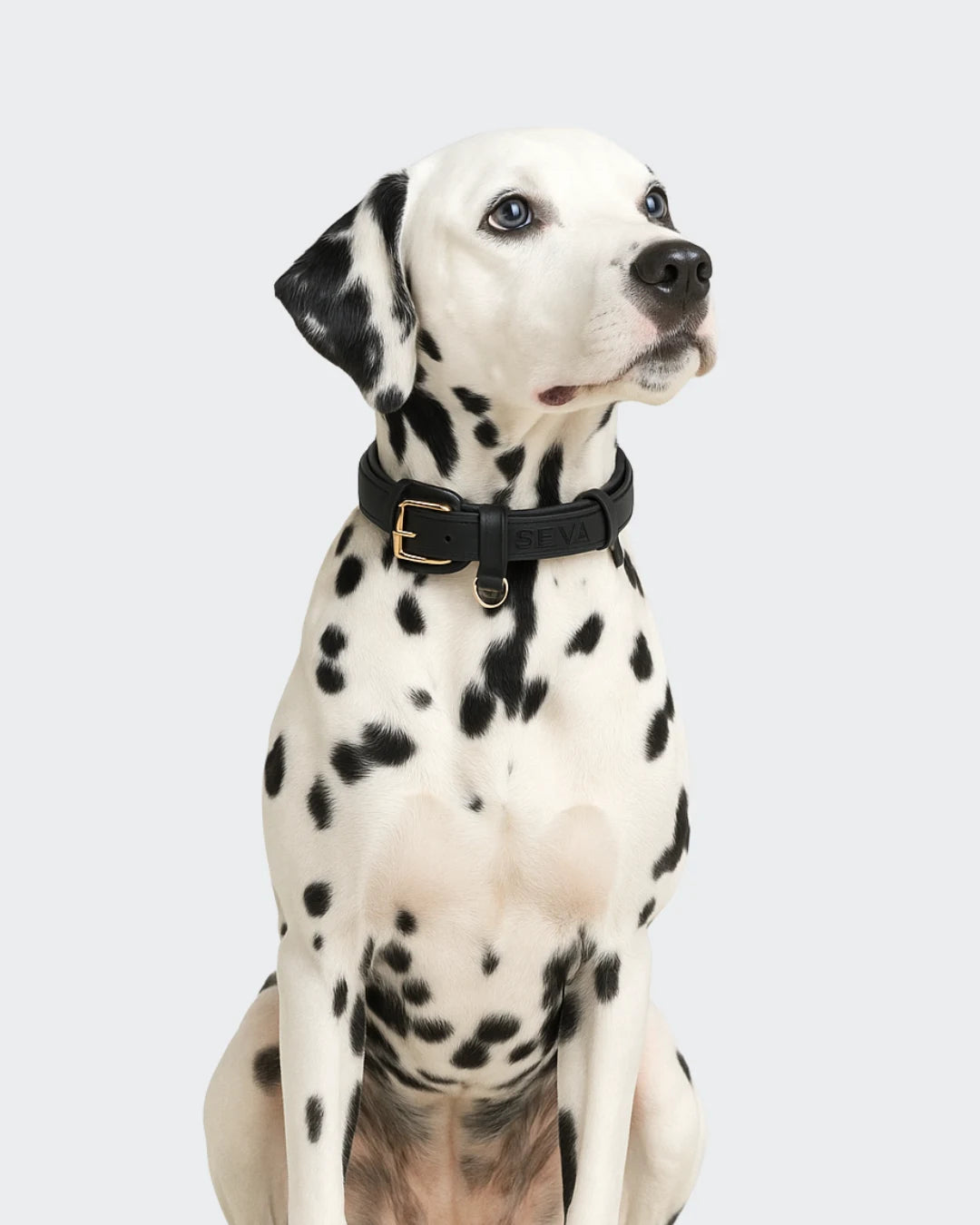
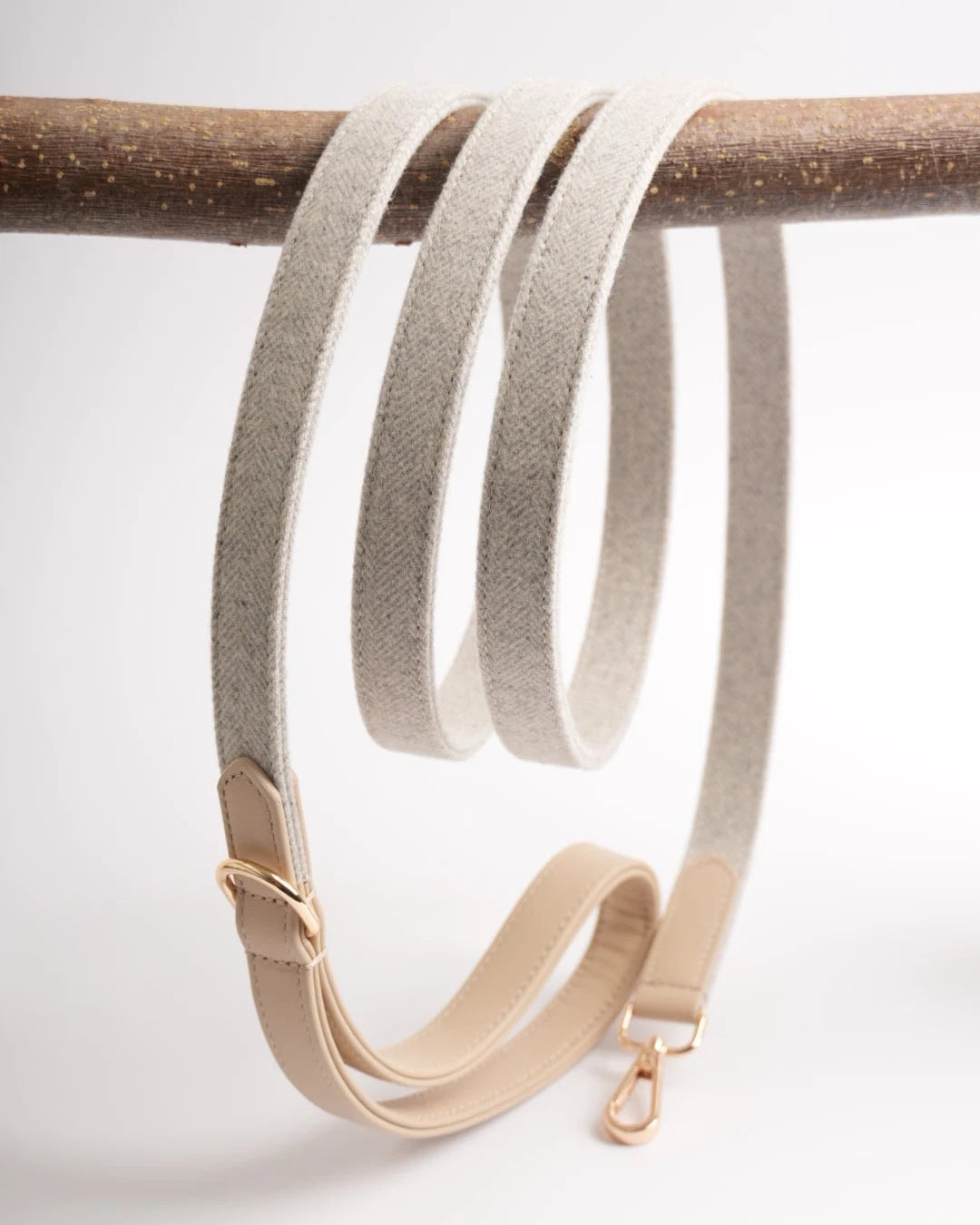
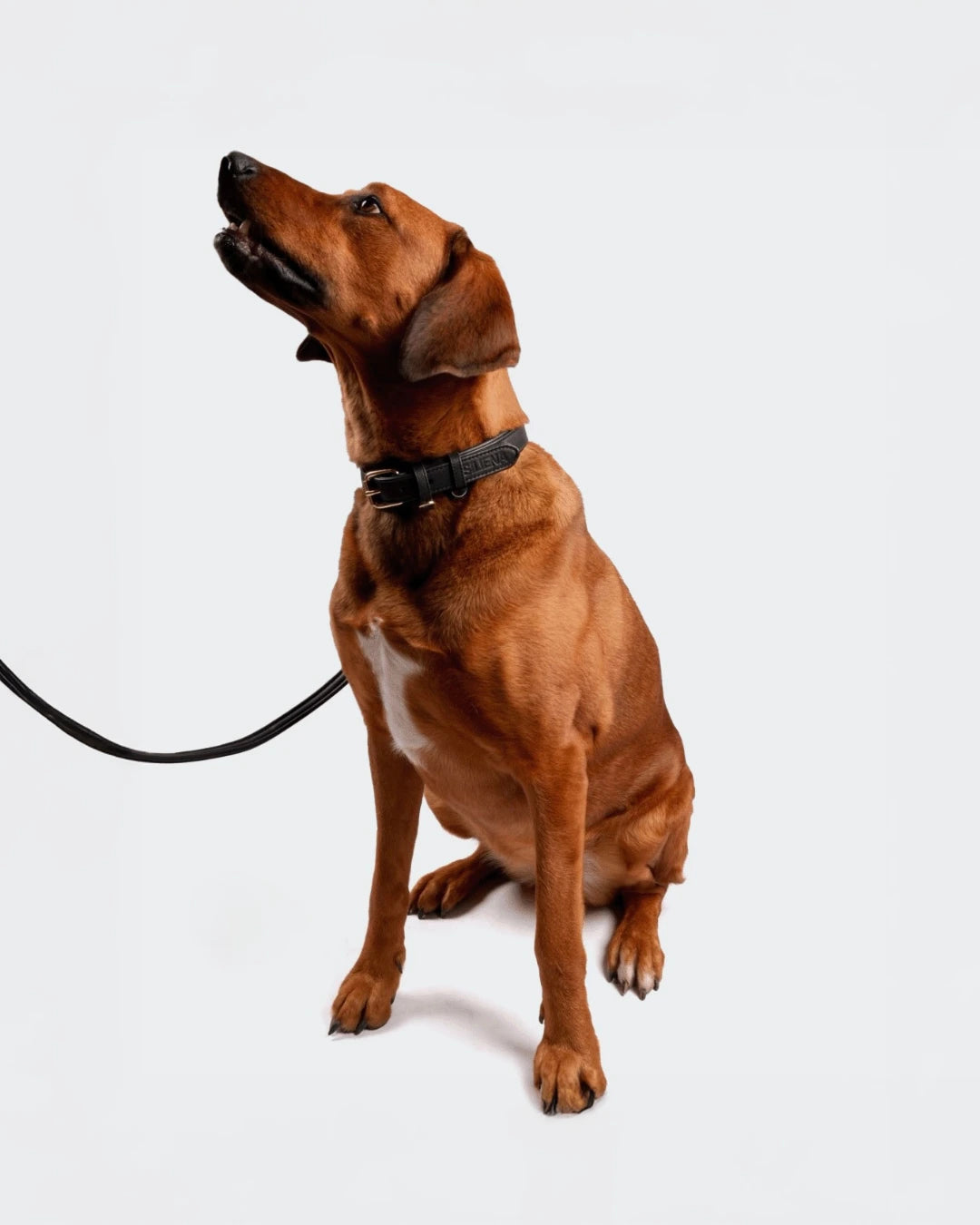
Leave a comment
This site is protected by hCaptcha and the hCaptcha Privacy Policy and Terms of Service apply.